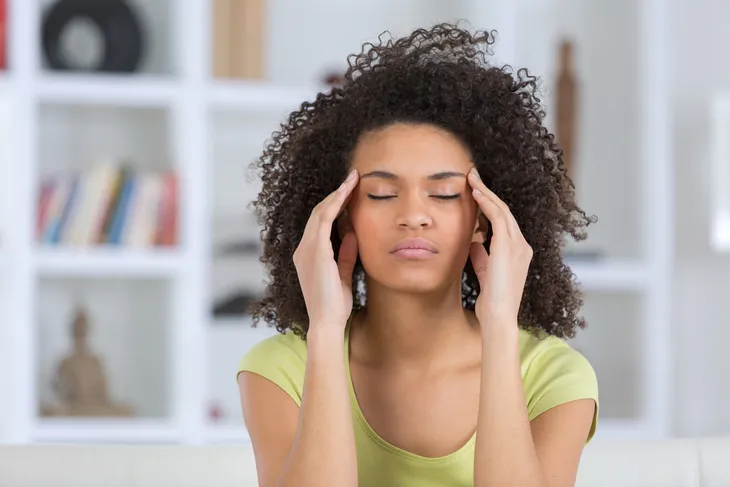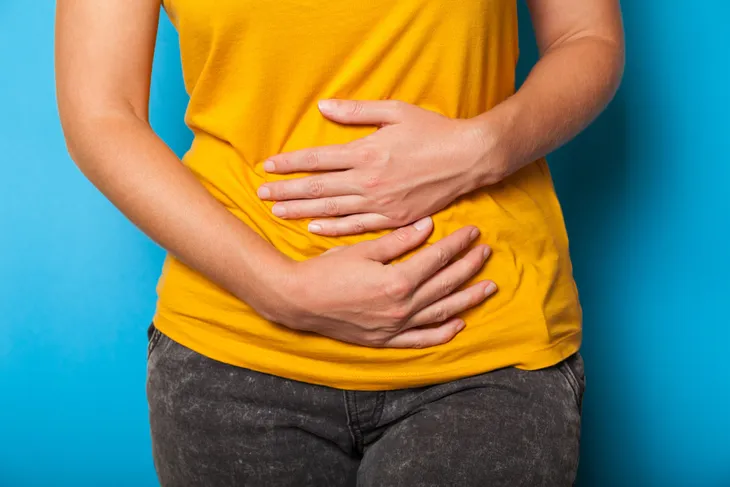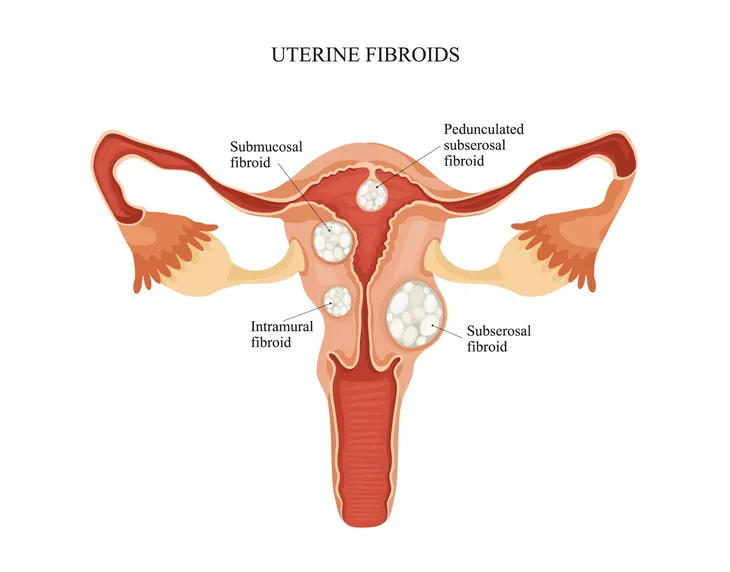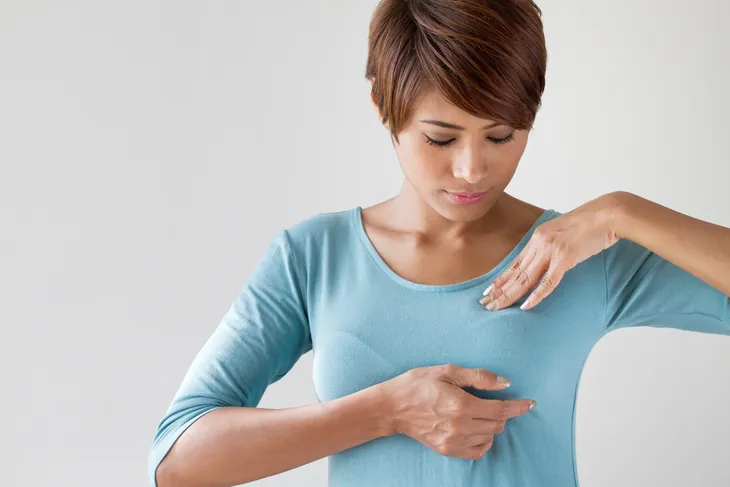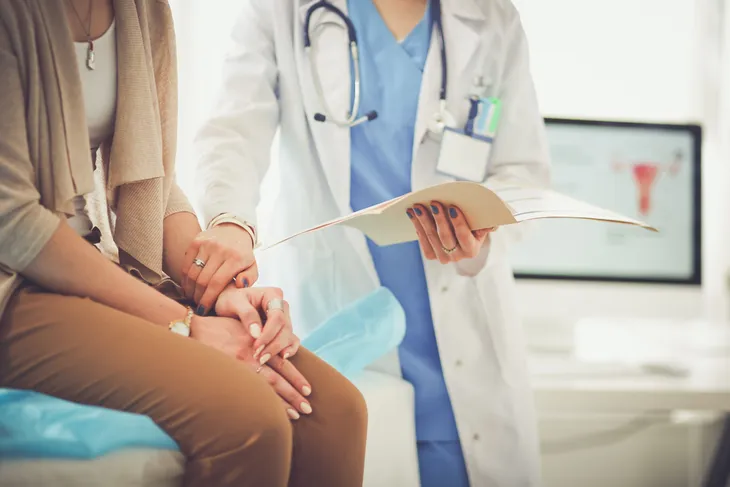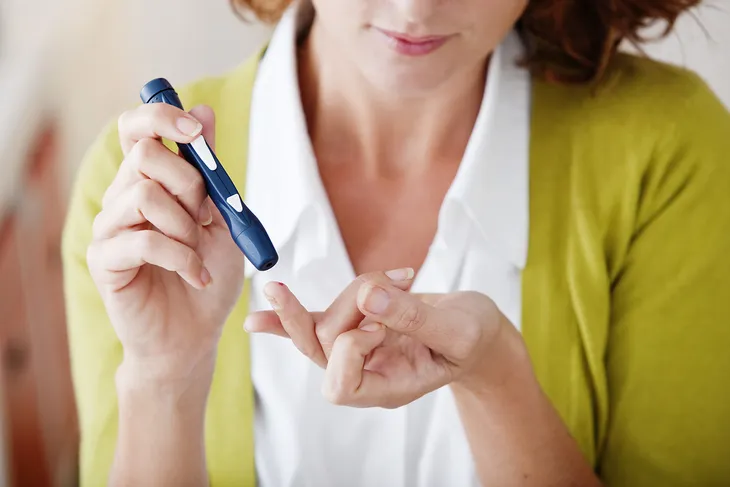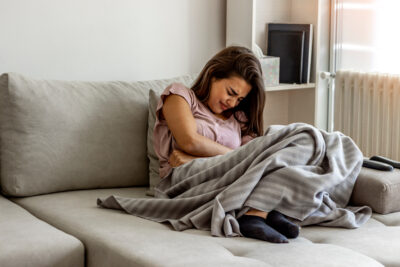Millions of Americans battle disease daily. Due to numerous societal factors, many people suffer in silence — particularly women.
Even today, women patients continue to face dismissal from their doctors, even when they present with symptoms typical of well-known illnesses. It can take years of frustration and countless hours of missed work merely to reach a diagnosis, let alone a cure. Therefore, it often falls upon us as patients to educate ourselves about the top women’s health issues and take proactive steps to protect our own well-being.
Depression
Even though experts classify depression as a mental health disorder, it has physical consequences as well as emotional effects. Some people with depression don’t feel the stereotypical sadness at all — but they do feel constant aches and pains like headaches and cramps. The condition often creates sleep disturbances as well. Patients may find it impossible to sleep at night, but struggle to rise in the morning.
Tragically, depression can kill. Suicide remains the 10th leading cause of death in the United States. Even though men die by suicide at higher rates than women, women attempt the act more frequently. Researchers posit that this is partially because men tend to opt for more violent means such as firearms.
Women also have to contend with depression spurred by hormones. While many women experience a mild case of the blues at particular times of the month, those with premenstrual dysphoric disorder can experience drastic mood swings the week or two before their menstrual period.
Anxiety
Anxiety, another common disease, plagues millions of women daily. As with depression, many women go years before getting a diagnosis, often due to the stigma surrounding mental health issues. As a result, some women turn to drugs and alcohol in an attempt to self-medicate.
The pressures of modern life present challenges unique to women. Those who are single parents, for example, often seek work with flexible or telecommuting options to have more availability for their children. Such positions rarely come with health insurance benefits, leaving these women to suffer in silence — or turn to the pill or bottle — for relief.
Endometriosis
Endometriosis is one of the most common disorders in women of reproductive age. However, despite the regularity of its occurrence, it can take six to 10 years to receive a diagnosis. During this time, women endure excruciating pain with each menstrual period. Many find their career trajectories interrupted by regular absences. This economic difficulty increases the chances that women with endometriosis will receive a comorbid diagnosis of depression or anxiety — or both.
PCOS
Polycystic ovarian syndrome results in women’s body forming small follicles that line the surface of the ovary like a ring of pearls and these follicles never mature or release an egg (ovulation). In addition, many women with PCOS are obese. The condition has no cure, although eating a healthy diet and maintaining a regular exercise program can help ease symptoms.
The signs and symptoms of PCOS can be different for each woman, so it‘s important to talk to your doctor about a diagnosis and any specific treatments that may work for your specific situation.
Uterine Fibroids
Many women with PCOS also develop uterine fibroids, although not all do. The condition is extremely common — anywhere from 20-80-percent of women get them before the age of 50. Your doctor can feel these growths during a routine pelvic exam at any point during your cycle. It is best diagnosed by pelvic ultrasound. You might suspect this disorder if you have unusually heavy periods or enlargement of the lower abdomen.
The treatment for fibroids depends on their severity. Some cases require no remedies other than home treatments like hot water bottles on painful days. Medications and surgery can help in more dire situations. However, if you want to preserve your fertility, discuss all your options with your doctor.
Breast Cancer
Even though both men and women can get breast cancer, the disease primarily strikes women. Fortunately, doctors can detect the disease in its early stages by ordering routine mammograms. Most experts recommend women get a mammogram once per year between ages 45 and 54. If you are 55 or older, continue screenings every one to two years, depending on your family health history.
Osteoporosis
Did you ever notice your grandmother seemed to shrink as she got older? This reduction in height probably stemmed from osteoporosis, a disease in which the density and quality of bone diminishes. The name of the disorder translates as “porous bone.”
You can help prevent the condition by maintaining an adequate calcium intake throughout your reproductive years and beyond, as well as with weight bearing exercises. Complications of osteoporosis include more frequently broken bones.
Autoimmune Diseases
Women tend to suffer from autoimmune diseases at higher rates than men, although researchers remain unsure why. Some researchers now theorize that the male sex hormone testosterone protects against conditions like lupus and multiple sclerosis.
Autoimmune diseases can strike at any age. Conditions like Crohn’s disease and rheumatoid arthritis can make sufferers feel like they’ve grown old before their time, leading to depression. Many treatment regimens exist, but often, remedies such as prescription corticosteroids carry a host of other side effects like weight gain.
Arthritis
More than 100 forms of arthritis exist, but the most common are osteoarthritis and rheumatoid arthritis. Osteoarthritis occurs when the cartilage or cushion between the joints deteriorates over time. It typically occurs in those aged 40 and older. Rheumatoid arthritis causes similar pain, but it can happen at any age. The disease can attack any joint, but typically affects the knees, hips and back.
Movement helps ease the pain of this condition. However, many individuals with the disorder find working out on land challenging due to the pressure on their joints. Aquatic exercise is helpful, as the buoyancy of water supports much of your body weight.
Type 2 Diabetes
More men than women have type 2 diabetes, but the number of females with the disorder continues to climb. However, the death rate from the disease is higher in women. Many theorize that the difference in mortality stems from the less aggressive treatments females typically receive for cardiovascular complications.
Fortunately, you can control type 2 diabetes through diet and exercise. Eating a healthy, low-carb diet rich in vegetables helps control weight and blood sugar. Working out for at least 30 minutes most days per week also benefits glucose function. Some doctors recommend the ketogenic diet for people with diabetes, but consult with your physician before drastically changing your eating habits.
Low Back Pain
Women develop low back pain for various reasons. Some women have a retroverted uterus, meaning the organ tips backward instead of toward the abdominal wall. If you get cramps in your lower back during your period, you may have such a configuration.
Low back pain often originates from degenerative disk disease. While this condition sounds scary, it results from age-related wear and tear and isn’t typically dangerous. Contact your doctor, though, if you experience bladder or bowel changes or numbness in your legs. These symptoms can indicate nerve damage.
Heart Disease
Heart disease remains the leading cause of death for women. Many women needlessly die because they don’t manifest the stereotypical “elephant on the chest” symptom of a heart attack. Instead, they may feel nauseated or develop pain in their back or jaw. Emergency room doctors should evaluate patients for heart concerns, even if the individual presents with atypical symptoms.
As a woman, it’s crucial to remain aware of your unique health risks. Knowing the signs of common ailments might save your life, and will definitely impact your overall well-being.


